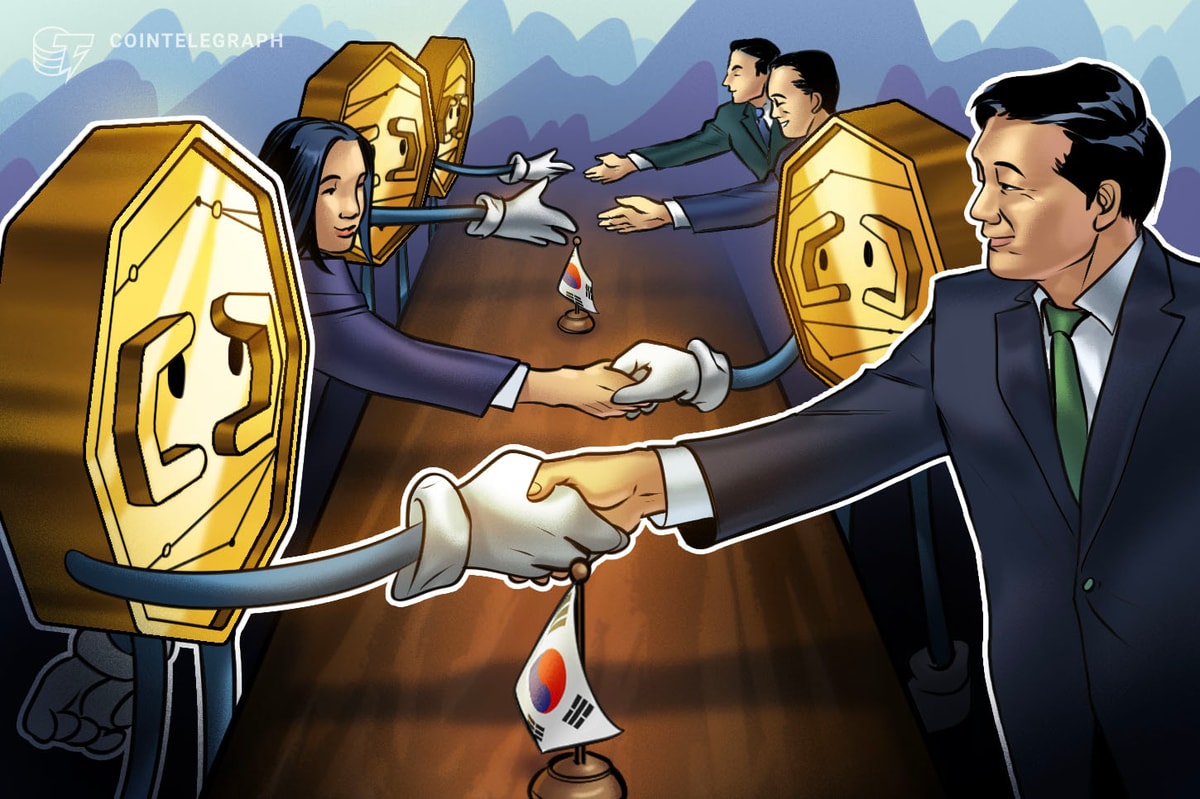The dynamic convergence of game theory and social media is a rapidly growing space in the cryptocurrency world. Ivars Indriks, the founder and CEO of HundrX, a pioneering Web3 layer for Twitter, offers valuable insights into the gaming industry’s evolution over the past seven years and presents a compelling case for how insights from this space can be applied effectively in the social media industry. Indriks, with his solid grounding in game theory and extensive experience in mobile gaming, holds an intriguing vision for the future of social networks. His enthusiasm for emerging trends, such as the rise of AI, digital twins and Web3 technology, is evident as he examines the challenges and opportunities inherent in these developments.
Q: First things first — what is game theory, and what are its most important aspects, in your opinion?
Sure, let’s imagine we’re playing a game of tag. Game theory is like the rules and strategies we use in that game. It helps us understand why we make certain choices, like who to tag next or where to run.
For example, if you and your friend are both trying to tag the same person, you might decide to work together. That’s a bit like what we call a “cooperative game” in game theory.
So, game theory is the big rule book that helps us understand all the different ways we can play and have fun together. In my work, I use these rules to help make a gamified experience that everyone can enjoy.
Q: Can you elaborate on how HundrX incorporates game theory into its approach to social media? How does this framework influence the overall strategy?
We use game mechanics like network effects, where the platform becomes more valuable as more people join and participate. We also use viral loops, where users are encouraged to share their achievements, creating a buzz that attracts more users. Peer pressure and a sense of urgency are also part of the mix, encouraging users to stay active and engaged. All these elements work together to make HundrX a dynamic and rewarding social media experience.
Q: Looking ahead, how do you envision this concept influencing the future of social platforms, particularly in the context of Web3 evolution?
The concept of tokenization allows users to have a stake in the platform they’re contributing to. This fundamentally changes the user–platform relationship from one of pure consumption to one of active participation and ownership. It’s a shift from social media as a service to social media as a cooperative, where users are rewarded for their contributions, everyone has access to the same information, and the rules of the game are clear and fair.
Q: Moving beyond game theory, could you share some key insights from the mobile gaming industry that have had a significant impact on HundrX’s development and strategy?
Here are a few key takeaways:
- User experience is key: We’ve taken this to heart in HundrX, focusing on creating a user-friendly interface and a seamless experience. That’s why Hundrx UI seems natively integrated into Twitter and other social networks.
- Microtransactions drive engagement: When I built games, I used to use microtransactions to drive engagement and revenue. In HundrX, the trading of social tokens can be seen as a form of microtransaction, which encourages continuous engagement with the platform.
- Progress and rewards matter: Mobile games often use progress tracking and rewards to keep players coming back. Similarly, in HundrX, users can see their progress in terms of the value of their tokens, such as daily Tweet-to-mine giving token rewards.
- Viral features boost growth: Features that encourage users to invite friends or share their achievements can significantly boost a game’s growth. We’ve incorporated similar features into HundrX.
Q: Drawing from your experience in both the mobile gaming industry and the social media sector, what are some valuable lessons that social media platforms can learn from the successes and failures of the mobile game industry?
Sure! From the gaming industry, social media can learn to prioritize engaging, intuitive user experiences and foster strong community connections. It’s important to balance monetization with user experience, to stay innovative and exciting, and to maintain user trust through transparency and fairness. These lessons can guide social media platforms to success.
Q: How can these insights be leveraged to create a more engaging and sustainable social media experience?
To enhance social media engagement and sustainability, we can integrate gaming mechanics and tokenomics. This approach, encouraging interactivity through token-based rewards, builds a sense of community and personal investment. Tokenomics also facilitate monetization, allowing users to profit from their content creation and engagement, potentially even earning transaction fees. Transparency about token policies enhances trust, and promoting user-generated content maintains platform freshness. This creates a more engaging, sustainable and equitable social media experience.
Q: Considering the rapid evolution of technology and the emergence of new trends like Web3, how do you see the landscape of social media and gaming merging in the future? What potential opportunities and challenges do you anticipate?
Social media and gaming are rapidly intertwining with Web3 trends, potentially forming an inseparable hybrid. Opportunities lie in the integration of game mechanics into social media for enhanced engagement and immersive experiences. Blockchain technology could further revolutionize user interaction, reward systems and community building. Play-to-earn concepts might extend to social media, changing perceptions of online engagement and content creation.
However, challenges exist. Ensuring a fair economy is crucial — particularly when real-world value is at stake. Navigating the evolving regulatory landscape is another hurdle, as blending digital and real-world value may pose new legal questions. Furthermore, privacy and security are critical in this decentralized landscape.
Overall, social media’s and gaming’s merge through Web3 offers exciting opportunities for rewarding, engaging experiences while posing challenges requiring careful navigation.
Q: Lastly, can you share any upcoming projects or initiatives that HundrX is working on, which showcase the intersection of game theory, Web3 and social media?
One of our key initiatives is the Hashtag Fundraising feature. Users can pool their tokens together under specific Twitter hashtags to support causes or projects they care about. This not only fosters cooperation among users but also allows for collective action, showcasing the power of Web3.
Traditional metrics like the number of followers can be somewhat superficial and don’t necessarily reflect the true influence or value of a user. They don’t take into account the quality of interactions, the loyalty of followers, or the actual impact a user has on their followers and the wider community.
Social tokens, on the other hand, can serve as a more nuanced and dynamic measure of a user’s social capital. By minting and trading their own social tokens, users essentially create a market for their social capital. The value of their tokens can reflect not just how many people follow them, but also how much those people value their contributions.
Why game theory is super important for social tokens? pic.twitter.com/6fvlQlAp3N
— Indriks (@Indriks) May 29, 2023
These initiatives showcase the potential of combining game theory, Web3 and social media to create a more engaging, rewarding and user-centric online experience.
Disclaimer. Cointelegraph does not endorse any content or product on this page. While we aim at providing you with all important information that we could obtain in this sponsored article, readers should do their own research before taking any actions related to the company and carry full responsibility for their decisions, nor can this article be considered as investment advice.












